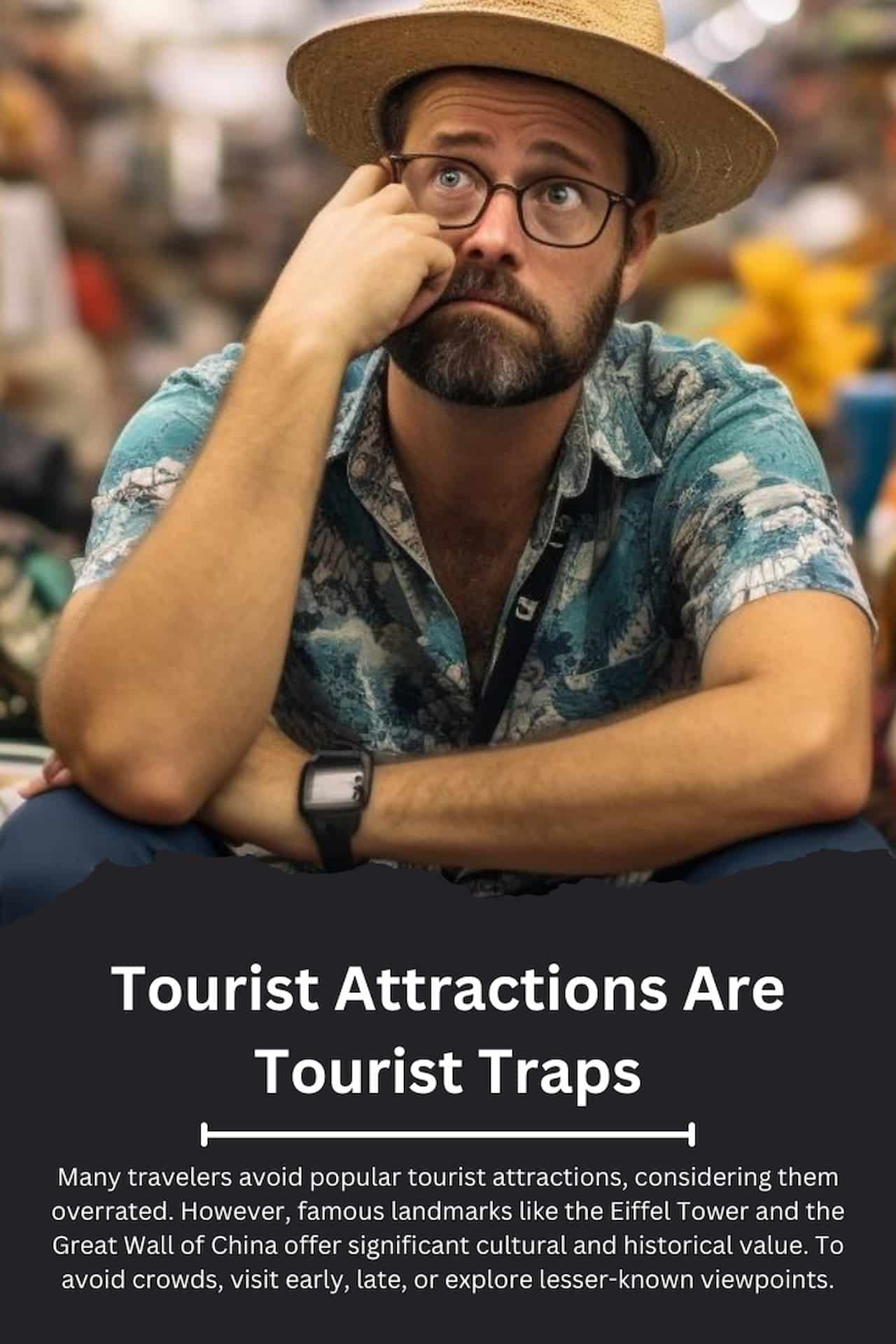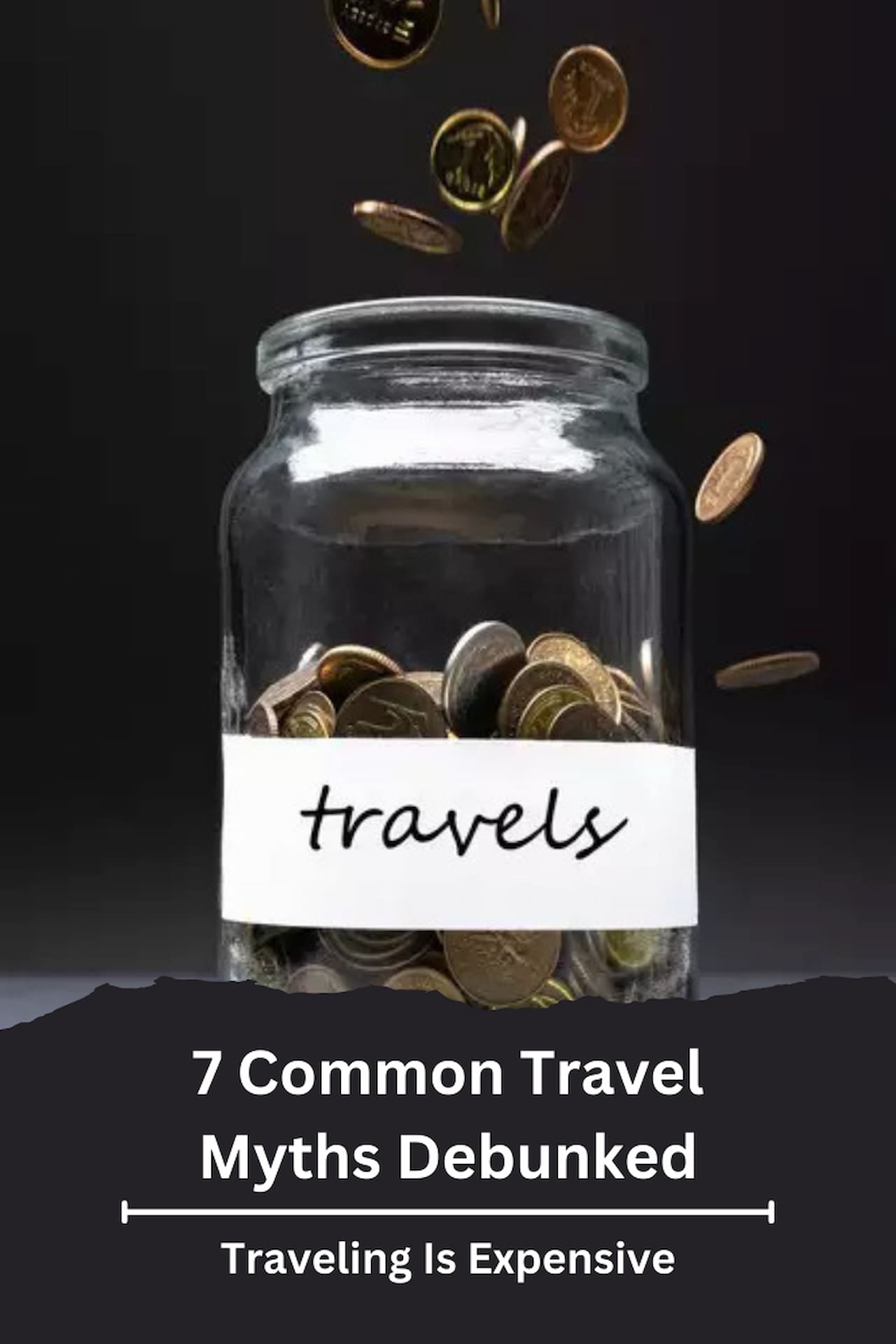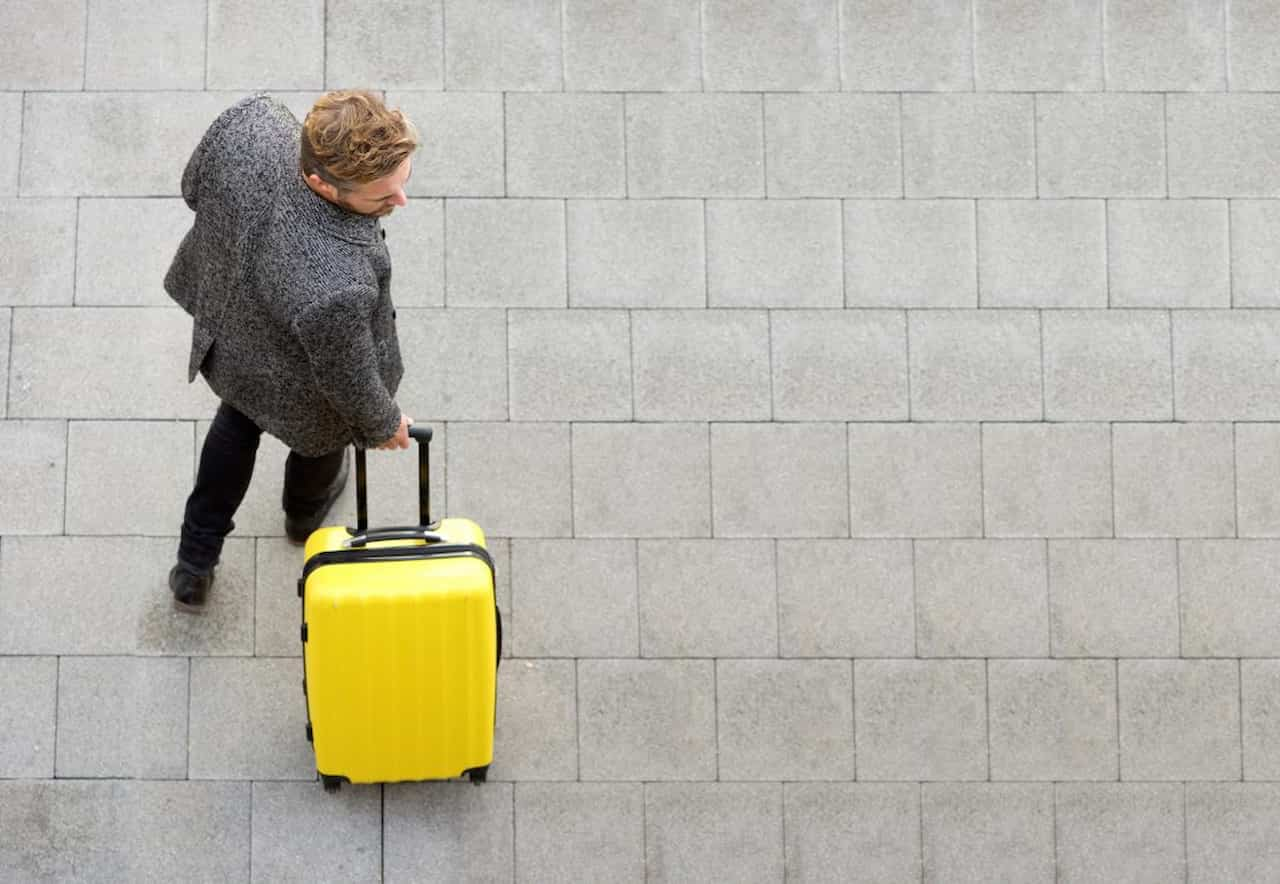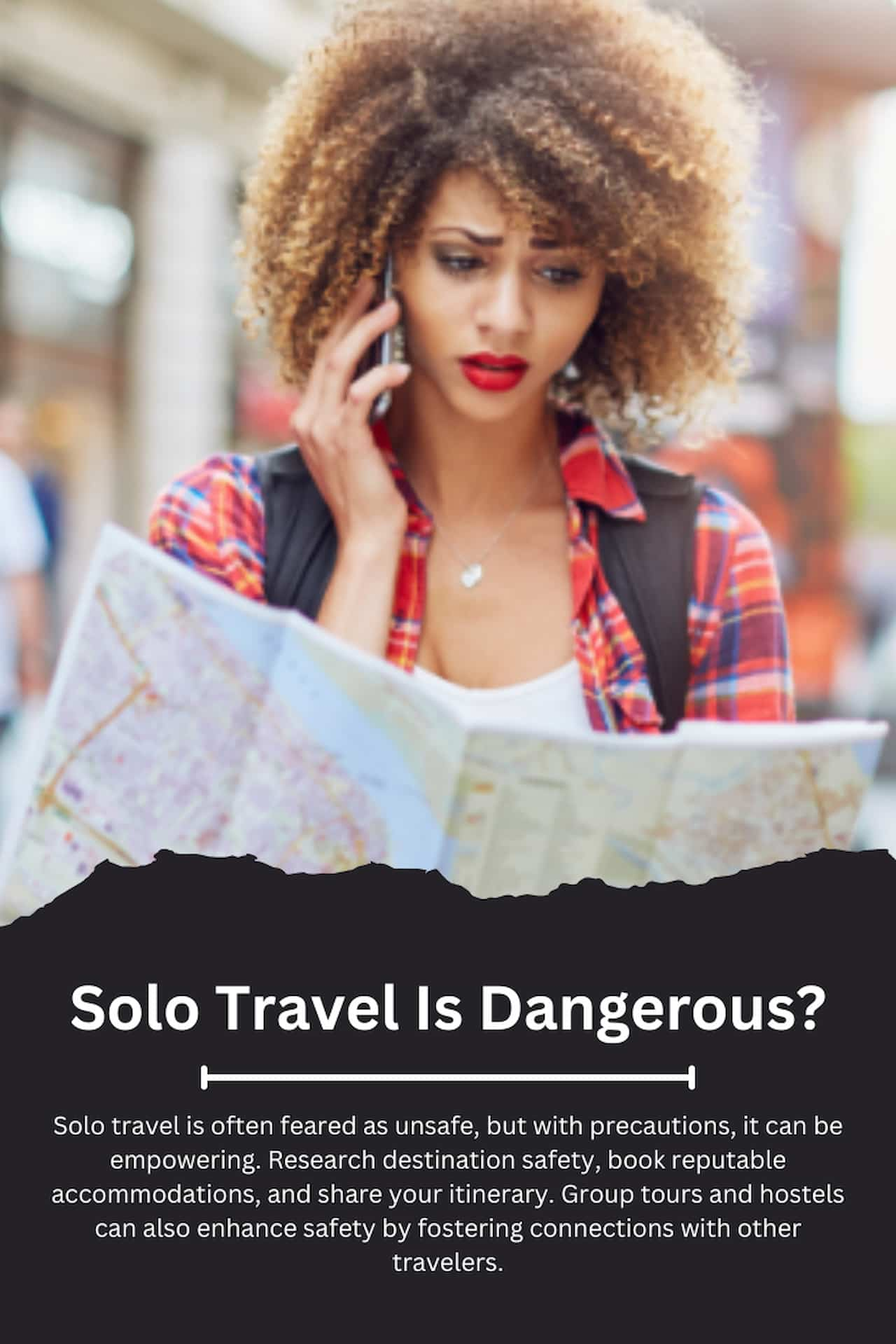Traveling is an enriching experience that broadens our horizons and creates lasting memories. However, numerous myths and misconceptions have emerged, often causing unnecessary worry or preventing people from making the most of their adventures. In this article, we’ll debunk some of the most common travel myths and provide the facts you need to travel confidently.
Myth 1: Booking At The Last Minute Saves You Money
One of the most persistent travel myths is that waiting until the last minute to book your flights, accommodations, or vacation packages will save you money. While it’s true that occasional last-minute deals may arise, this is more of an exception than a rule.
In reality, booking in advance often yields better prices and more options. Airlines and hotels tend to increase their prices as the travel date approaches, especially during peak seasons. If you plan and book early, you can take advantage of early bird discounts, promotional offers, and a more comprehensive selection of flights and accommodations.
Myth 2: Traveling Is Expensive
Another common misconception is that traveling is only for the wealthy. While specific destinations or luxury experiences can be costly, there are countless ways to travel on a budget. Opting for budget-friendly accommodations like hostels, vacation rentals, or camping sites can significantly reduce expenses.
Researching and taking advantage of free or low-cost activities, such as exploring local markets, hiking trails, or public museums, can also help keep costs down. Additionally, flexibility with travel dates and destinations can lead to substantial savings. When demand is lower, traveling during the off-season or shoulder season often results in more affordable prices for flights and accommodations.
Myth 3: Tourist Attractions Are Tourist Traps
Many travelers believe that popular tourist attractions are overrated and warrant avoidance. Despite some tourist hotspots’ crowded or commercialized nature, dismissing them entirely would result in missing out on truly remarkable experiences.
Famous landmarks, historical sites, and natural wonders have earned their reputations for a reason. Locations like the Eiffel Tower, the Great Wall of China, and the Taj Mahal offer unparalleled cultural, historical, and architectural significance.
To make the most of your visit to popular attractions, consider timing your visit strategically. Arriving early in the morning or later in the evening can help you avoid peak crowds. Alternatively, you can visit lesser-known viewpoints or hidden gems to escape the masses while appreciating the iconic sight.
Myth 4: Street Food Is Unsafe
Many travelers hesitate to try street food, fearing it may cause illness or food poisoning. While it’s essential to exercise caution, street food can be a delicious and authentic way to experience local cuisine. To ensure a safe and enjoyable street food experience, look for stalls with long queues and high turnover, which indicates popularity among locals and fresher ingredients. Observe the stall’s cleanliness and the food preparation process. If something doesn’t look or smell right, trust your instincts and move on.
Myth 5: Language Barriers Make Travel Difficult
The fear of language barriers often deters people from visiting countries where they don’t speak the local language. However, this shouldn’t be a reason to avoid exploring new destinations.
In today’s globalized world, many tourist areas speak and understand English widely. Even in places where English isn’t prevalent, numerous tools and resources are available to help you communicate effectively. Smartphone apps like Google Translate, offline language guides, and pocket phrasebooks can assist you in navigating language barriers.
Moreover, non-verbal communication, such as gestures, facial expressions, and body language, can go a long way in conveying your message. Even if it’s imperfect, locals often appreciate travelers’ communication efforts.
Myth 6: Solo Travel Is Dangerous
The idea that solo travel is inherently dangerous is a persistent myth that prevents many people from embarking on solo adventures. While safety concerns are valid, solo travel can be an enriching and empowering experience.
Taking the necessary precautions is crucial to ensuring a safe solo trip. Research your destination thoroughly, including local customs, laws, and potential risks. Book accommodations in well-reviewed and reputable establishments.
Share your itinerary with a trusted friend or family member, and stay connected through regular check-ins. Additionally, joining group tours or staying in hostels can provide opportunities to meet fellow travelers and explore together, reducing the feeling of isolation and enhancing safety.
Myth 7: Travel Insurance Is Unnecessary
Many travelers overlook travel insurance’s importance, believing it’s an unnecessary expense. However, travel insurance can provide valuable protection and peace of mind in unexpected situations. Travel insurance can cover many scenarios, including trip cancellations or interruptions, medical emergencies, lost or stolen luggage, and flight delays. In an unforeseen circumstance, travel insurance can save you from significant financial losses and assist you when needed.
Conclusion:
Debunking these common travel myths is essential for travelers to make informed decisions and fully embrace the joys of exploration. By separating fact from fiction, you can confidently travel, open up to new experiences, and create unforgettable memories. Travel is a personal journey, and what works for one traveler may not work for another. Trust your instincts, research, and don’t let misconceptions hold you back from pursuing your travel dreams. With an open mind and a sense of adventure, the world is yours to discover.





